Canberra bee rescue and removal
Each year we receive a large number of calls for swarm removal and relocations in the ACT. Generally the swarms are located soon after swarming and are simple to remove. In some cases, swarms can go unnoticed for weeks (and at times months) leading to the swarms establishing natural comb and in many instances a complete hive in the swarm location.
In these instances, a much more involved process is undertaken to rehome the hive and the established bee colony into manageable hives to ensure the strength of the hive is maintained after it is transferred.
Below are photos taken from the relocation of these established hives at the end of the swarm season.
The hives were made from wooden scrap. In one case, the panels were taken from a chest of drawers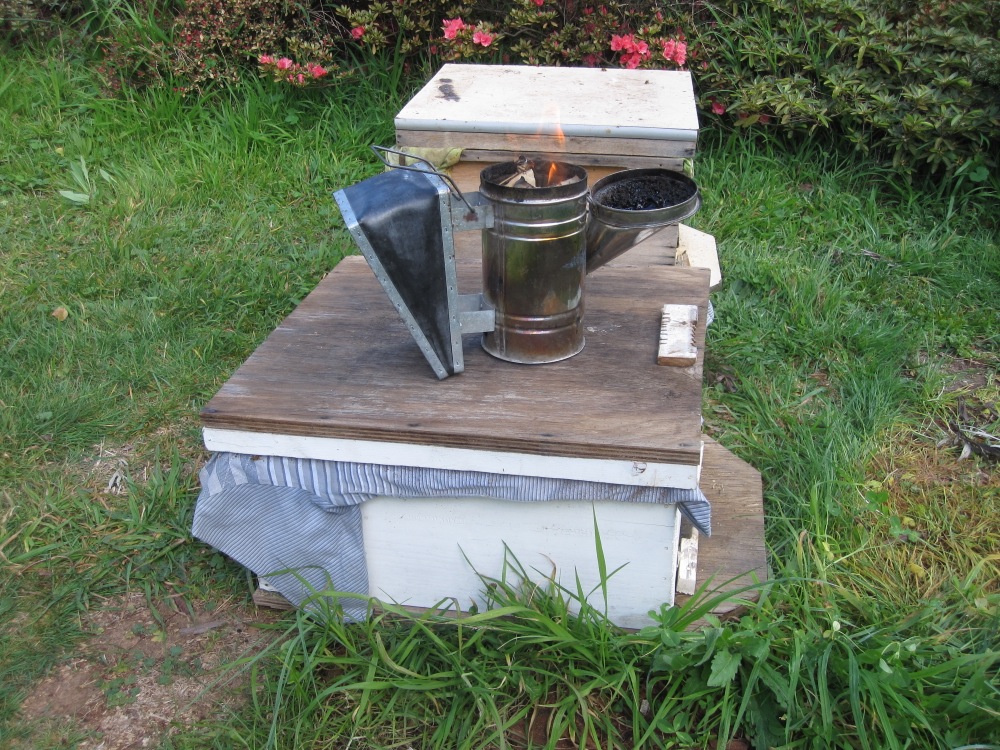
The hive mat was a large polo shirt and was unfortunately harbouring several small hive beetles that were quickly removed
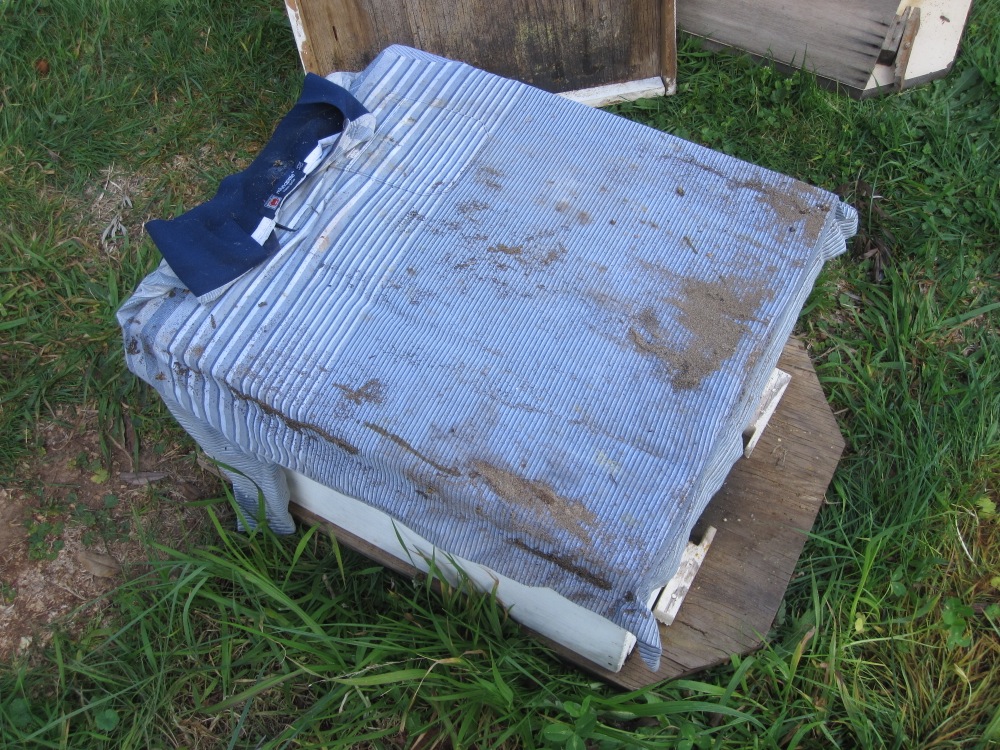
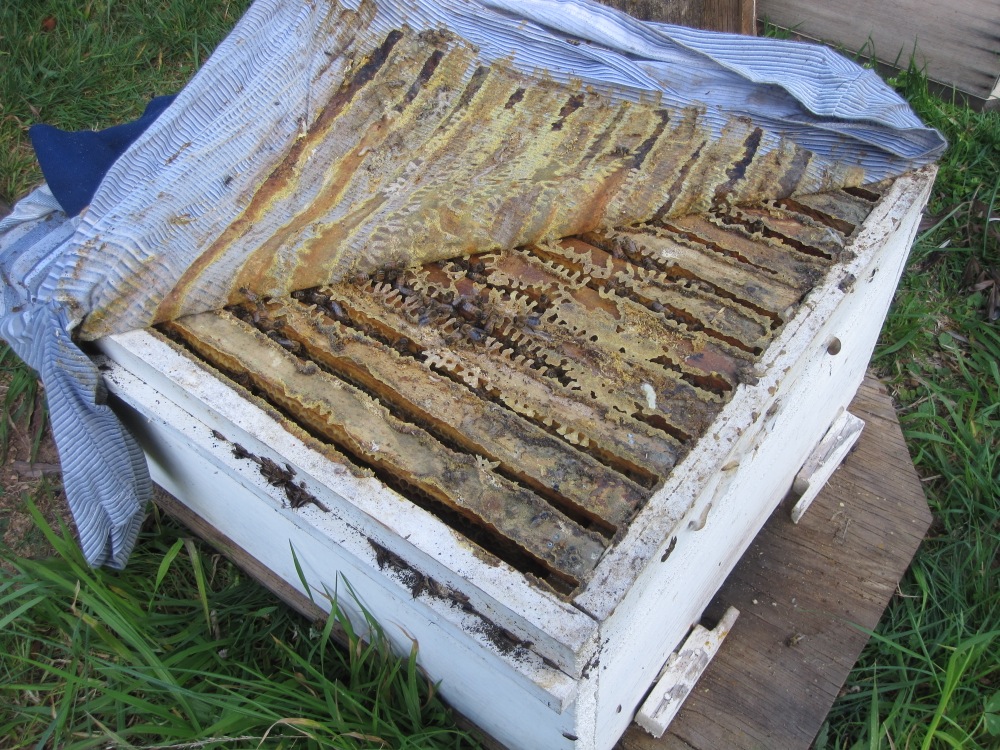
The following photo highlights the risk purchasing/acquiring second hand hives, especially if they are not inspected first
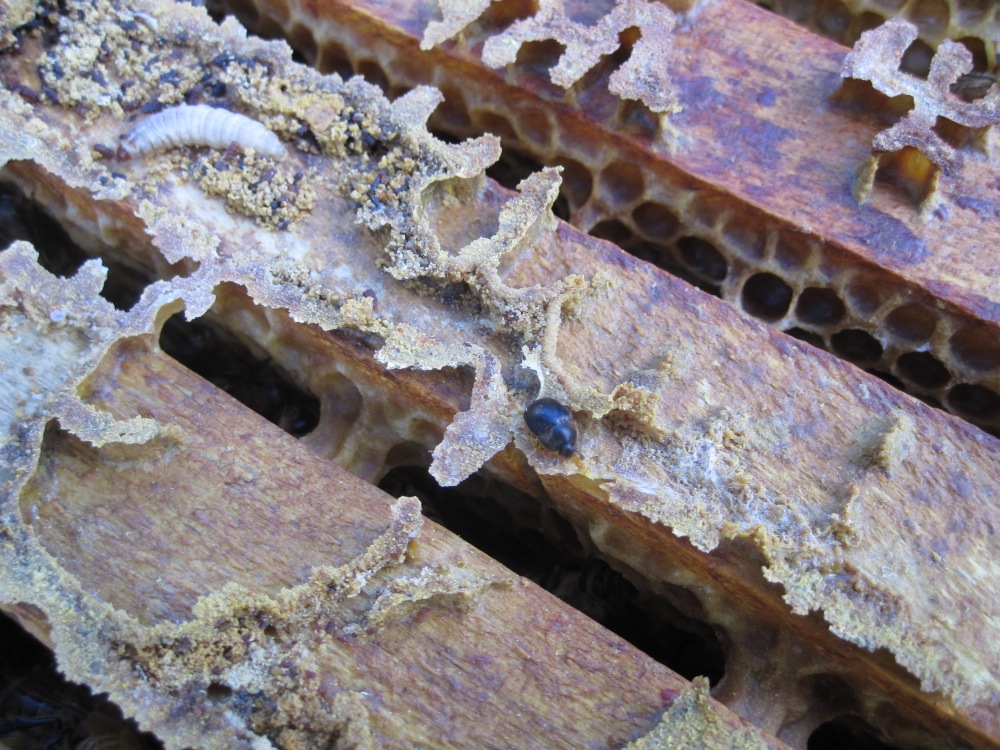
Looking into the top of the hive with the 'hive mat' removed
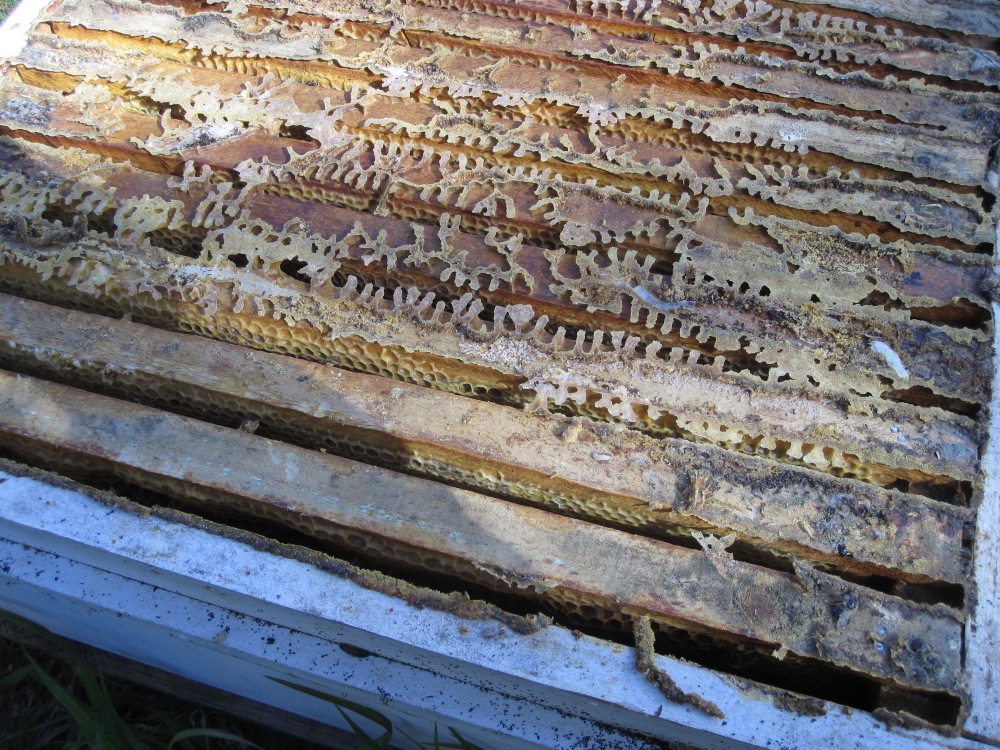
Before removing any frames from the hives they were tested for American Foul Brood (AFB). This test shows a negative result
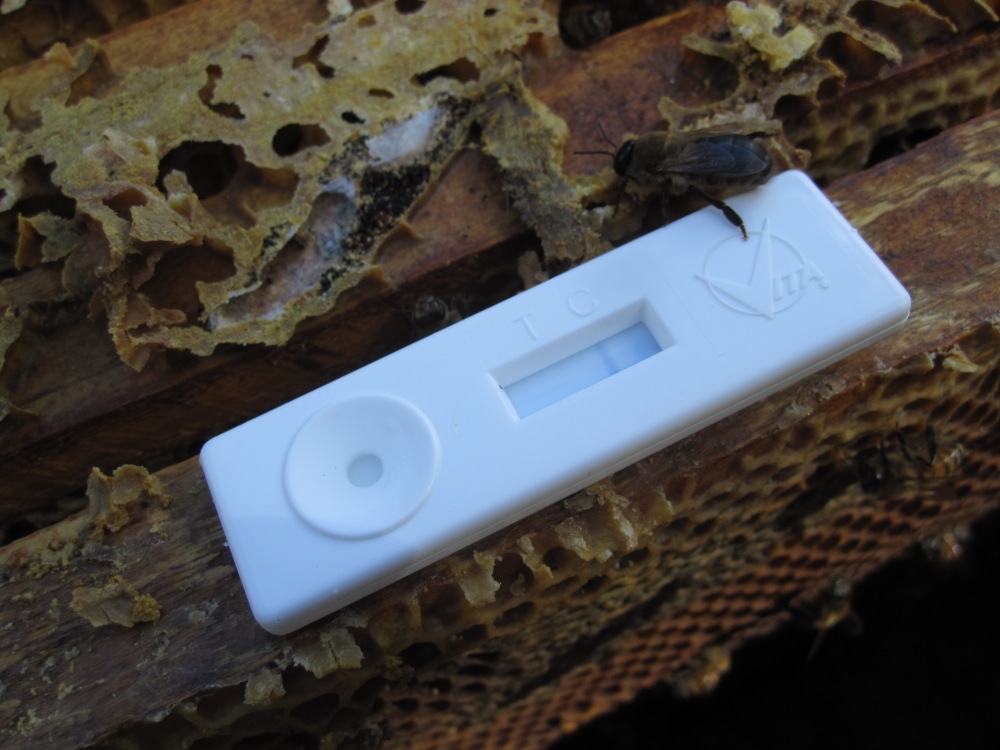
At first glance the frames looked to be standard Langstroth size.
On closer inspection, like the boxes, the frames were also hand made from scrap timber and were smaller in both dimensions
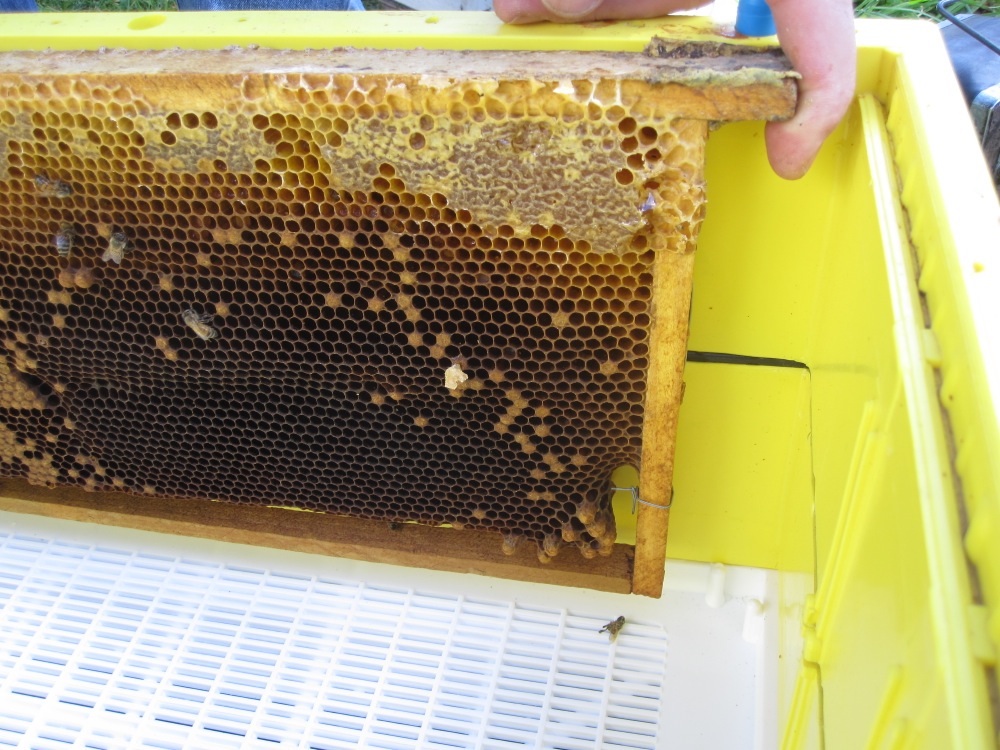
Comparison to standard Langstroth wooden frame in a 10 frame TechnosetBee plastic Langstroth box
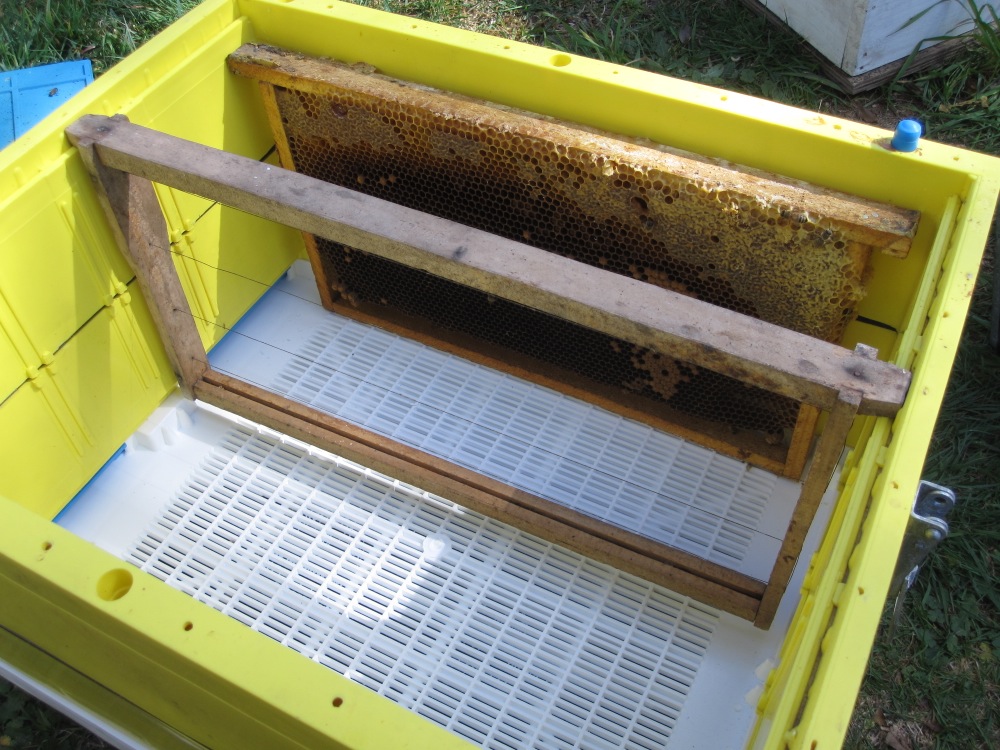
Langstroth top bars were attached to the frames to correctly align them for the Langstroth box
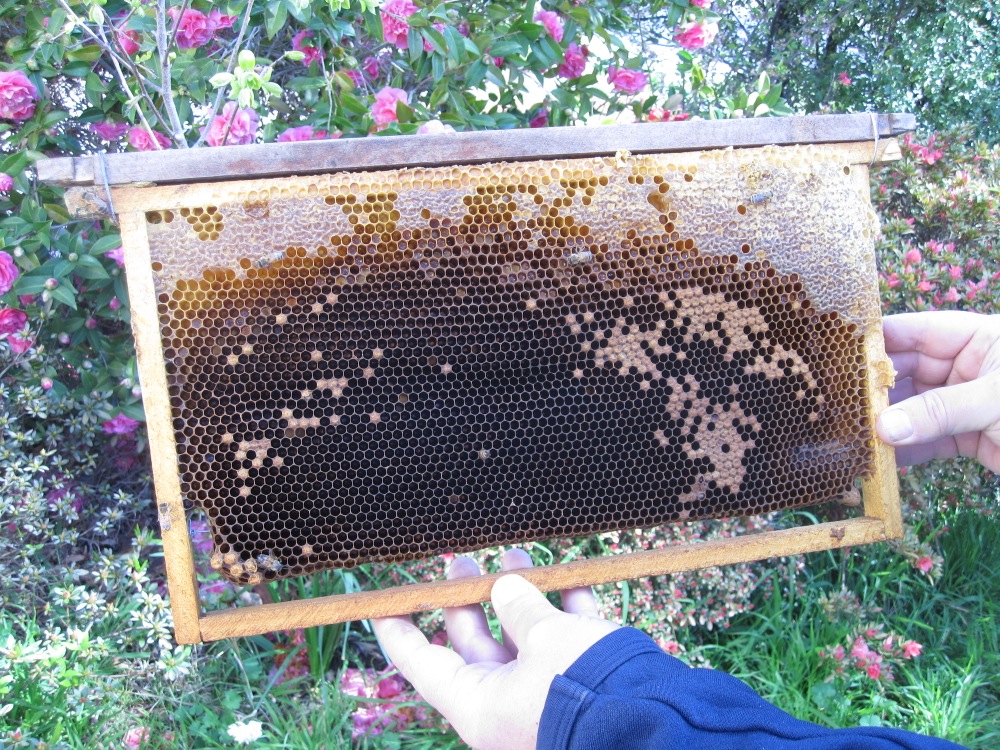
Smaller frames with Langstroth top bar attached aligned correctly in Langstroth box
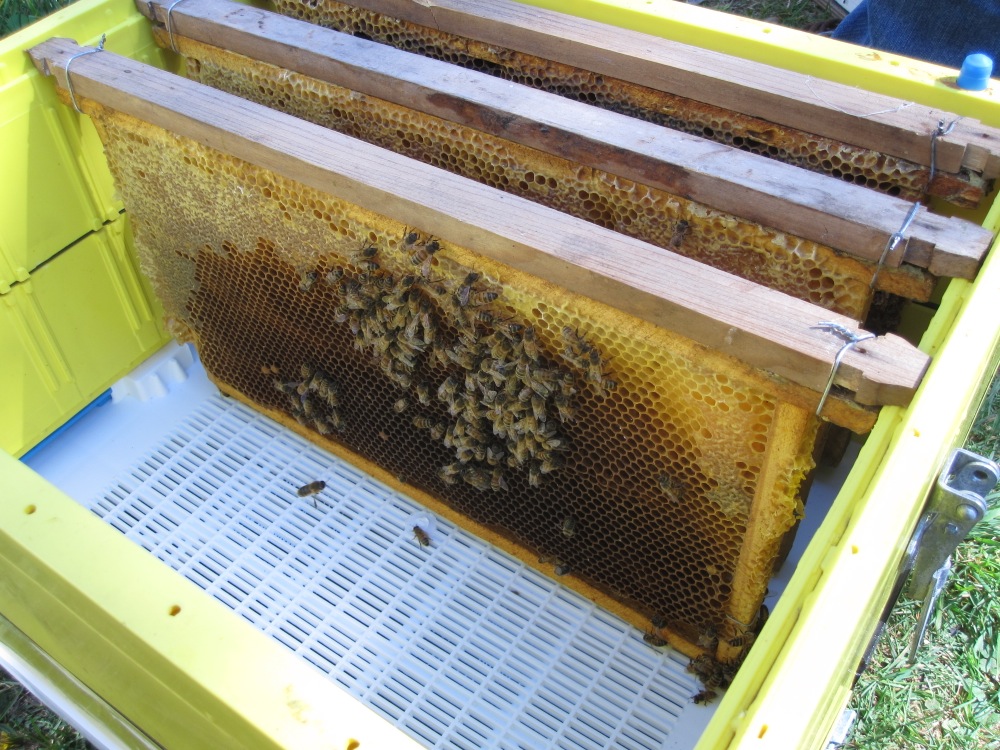
Due to the hand made boxes not adhering to 'bee space' there were large amounts of excess comb outside the frames
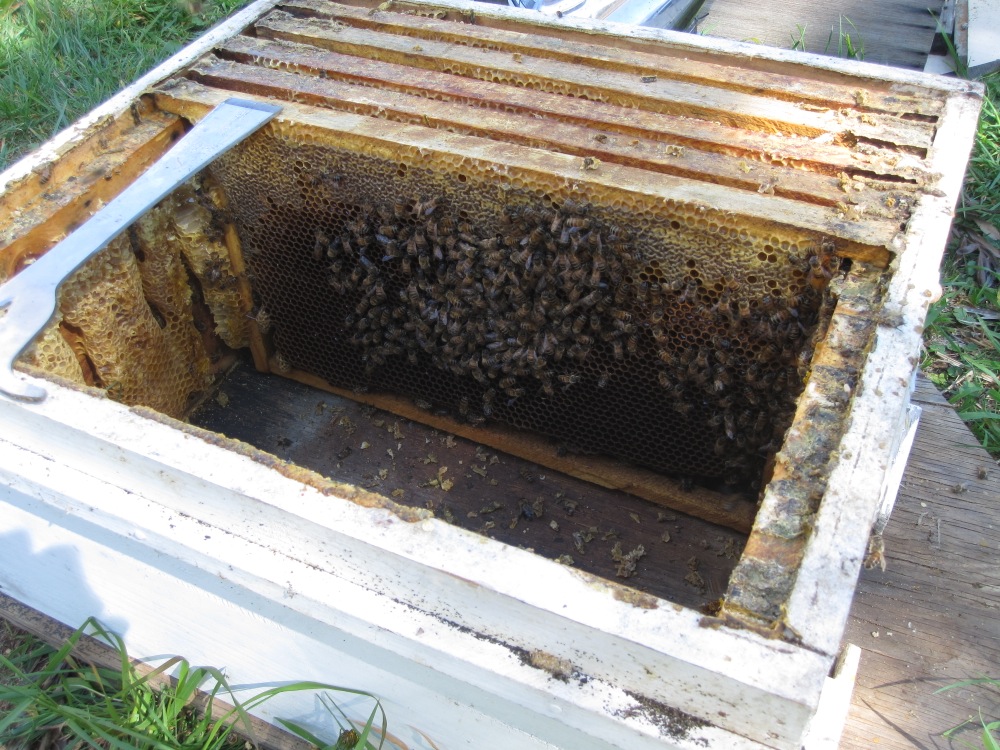
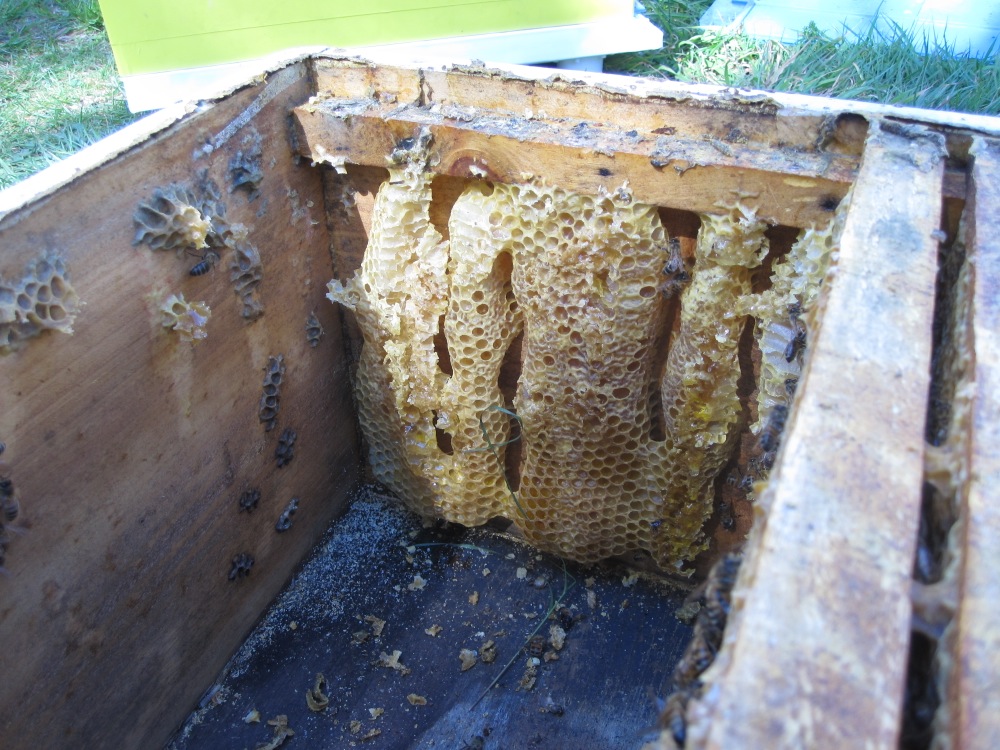
Once the frames were moved into the Langstroth boxes, they were interleaved with standard plastic Langstroth frames
This box contains six of the 11 original frames, the top box contained the remaining five.
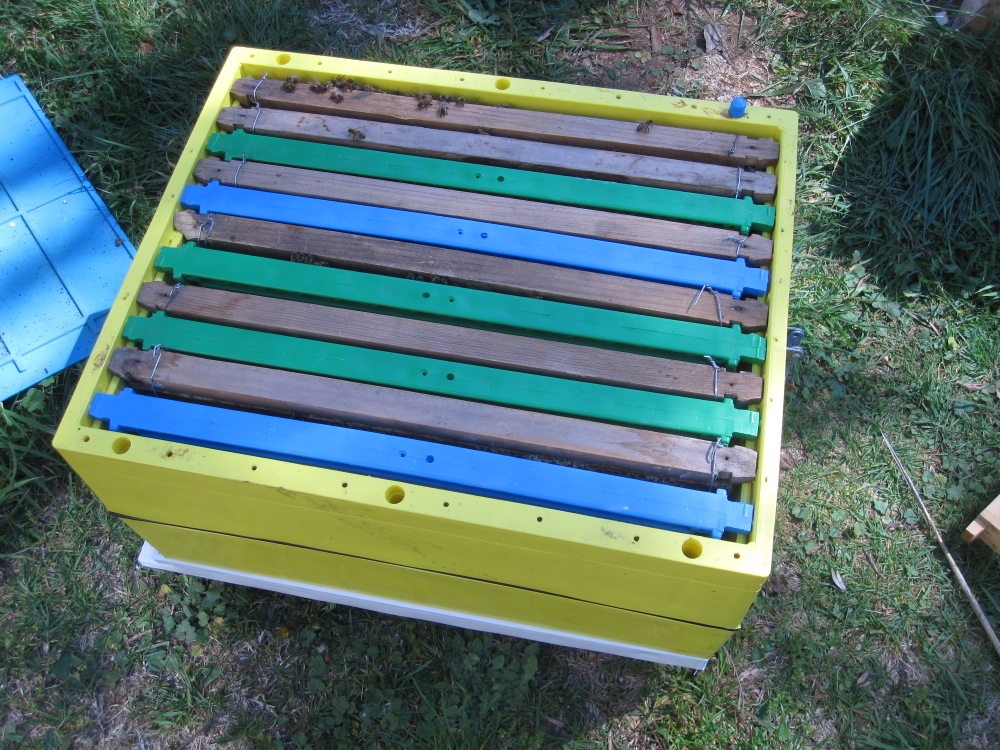
Both hives are now doing great and the process has begun to slowly replace the recovered frames with standard Langstroth frames
In these instances, a much more involved process is undertaken to rehome the hive and the established bee colony into manageable hives to ensure the strength of the hive is maintained after it is transferred.
Below are photos taken from the relocation of these established hives at the end of the swarm season.
Beekeeping in an old chest of drawers
The following hives were recovered from the daughter of an elderly beekeeper that had recently returned to China. Both hives were well established in hand made boxes built from scrap drawers but were moved into standard Langstroth hives to provide additional space and improve the manageability of the hives. Both hives had recently swarmed before collection but there was still a large number of bees in each hive. Each hive contained 11 frames, so the frames were spread across two standard 10 frame Langstroth boxes to provide additional space to the colonies.The hives were made from wooden scrap. In one case, the panels were taken from a chest of drawers

The hive mat was a large polo shirt and was unfortunately harbouring several small hive beetles that were quickly removed


The following photo highlights the risk purchasing/acquiring second hand hives, especially if they are not inspected first

Looking into the top of the hive with the 'hive mat' removed

Before removing any frames from the hives they were tested for American Foul Brood (AFB). This test shows a negative result

At first glance the frames looked to be standard Langstroth size.
On closer inspection, like the boxes, the frames were also hand made from scrap timber and were smaller in both dimensions

Comparison to standard Langstroth wooden frame in a 10 frame TechnosetBee plastic Langstroth box

Langstroth top bars were attached to the frames to correctly align them for the Langstroth box

Smaller frames with Langstroth top bar attached aligned correctly in Langstroth box

Due to the hand made boxes not adhering to 'bee space' there were large amounts of excess comb outside the frames


Once the frames were moved into the Langstroth boxes, they were interleaved with standard plastic Langstroth frames
This box contains six of the 11 original frames, the top box contained the remaining five.

Both hives are now doing great and the process has begun to slowly replace the recovered frames with standard Langstroth frames